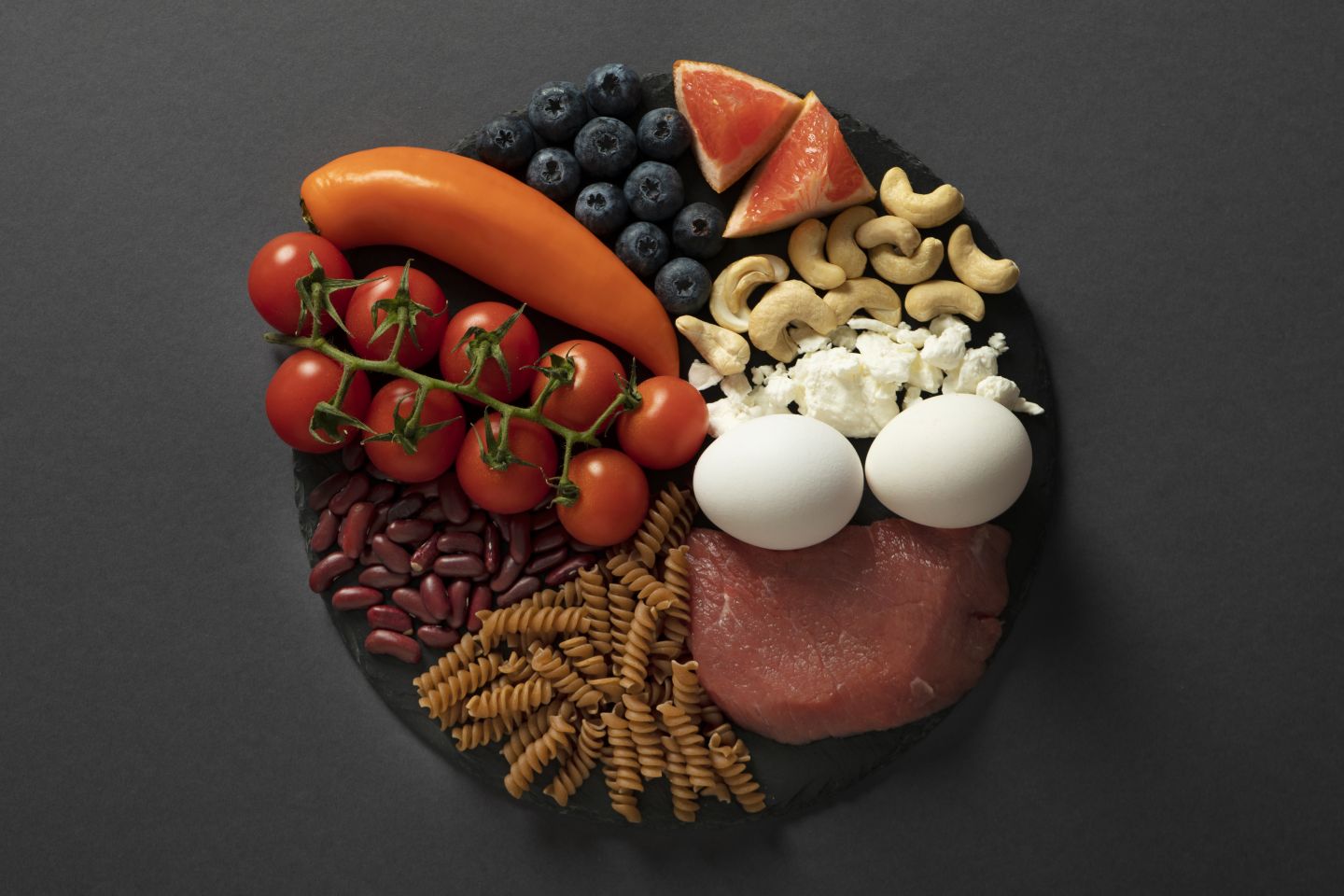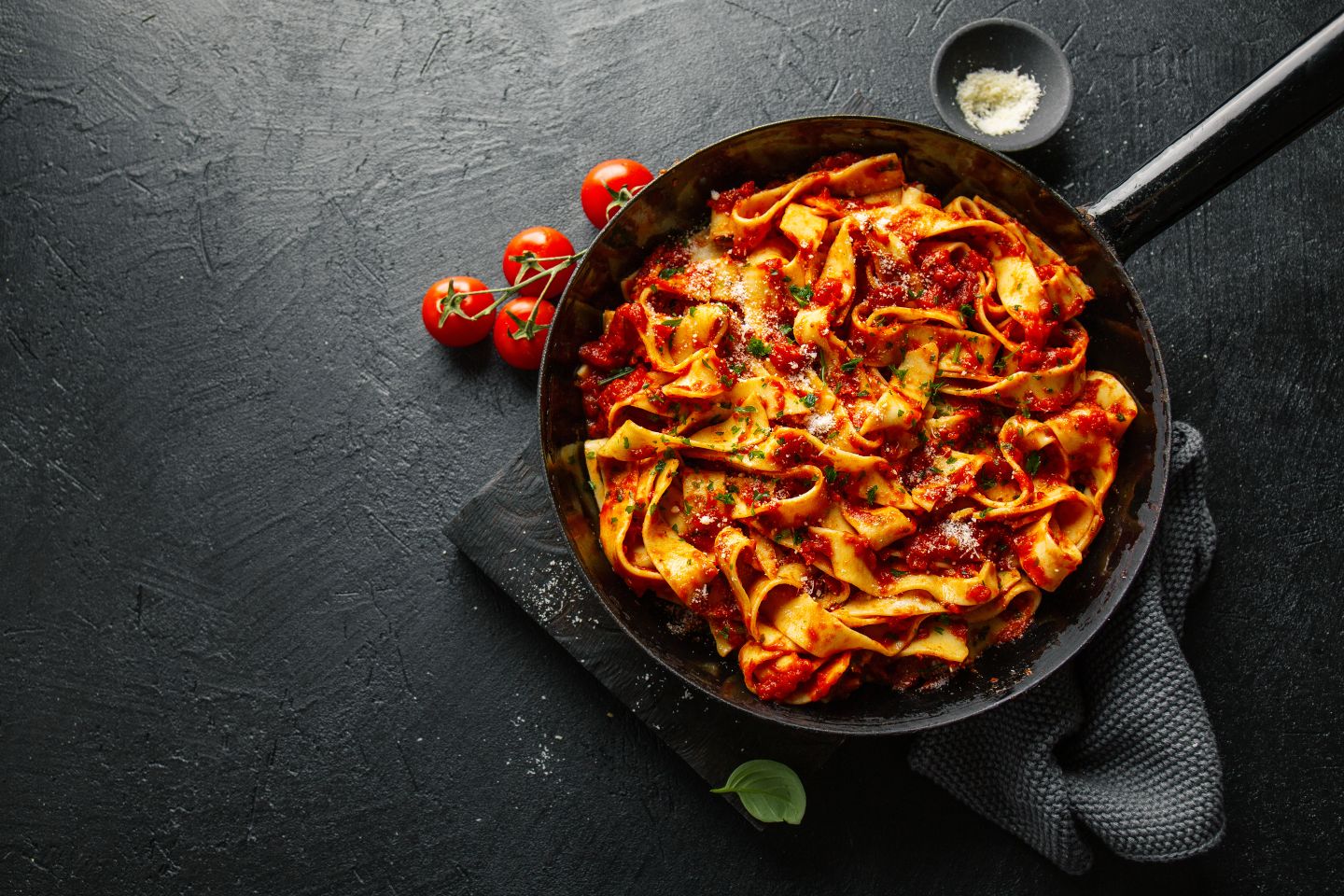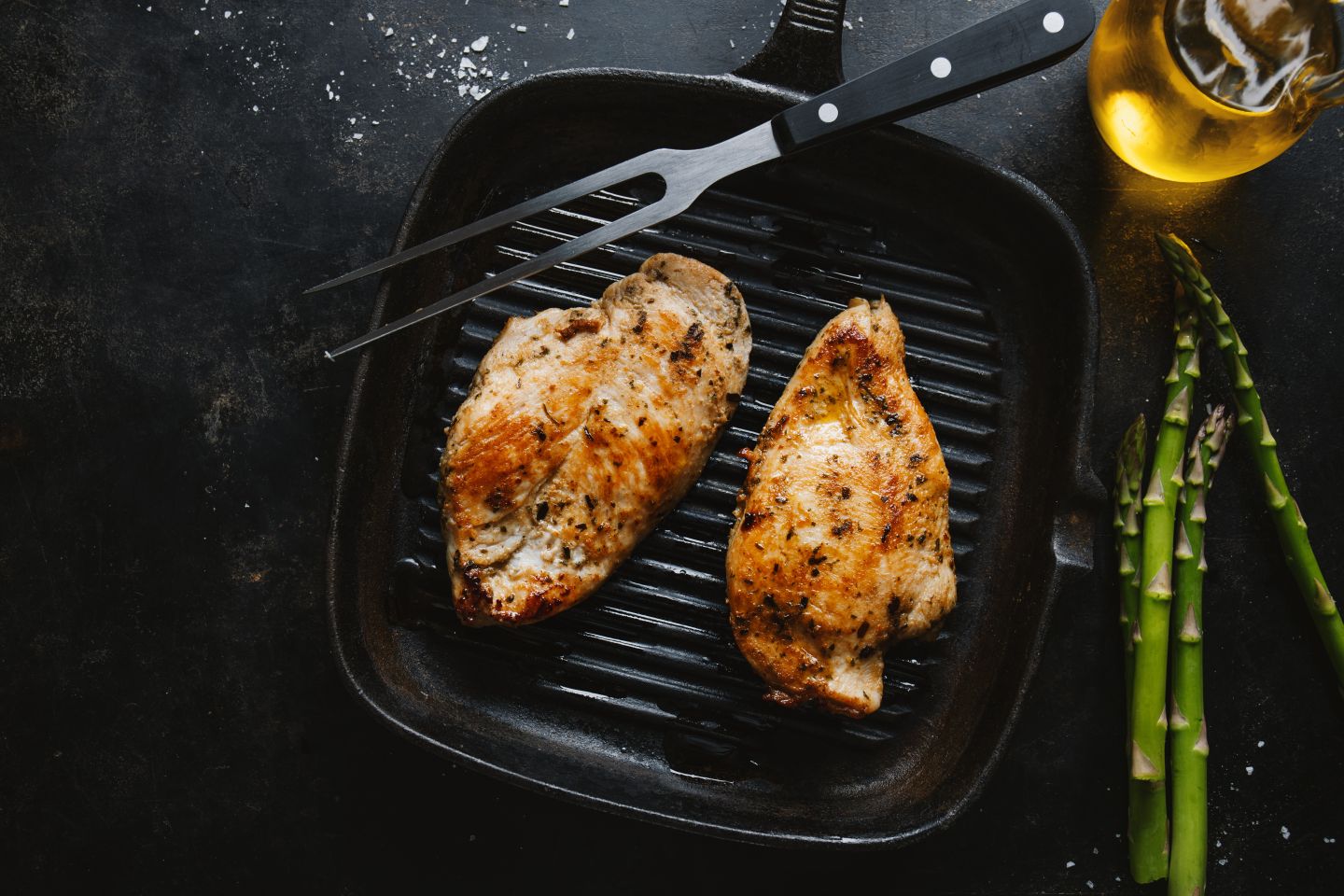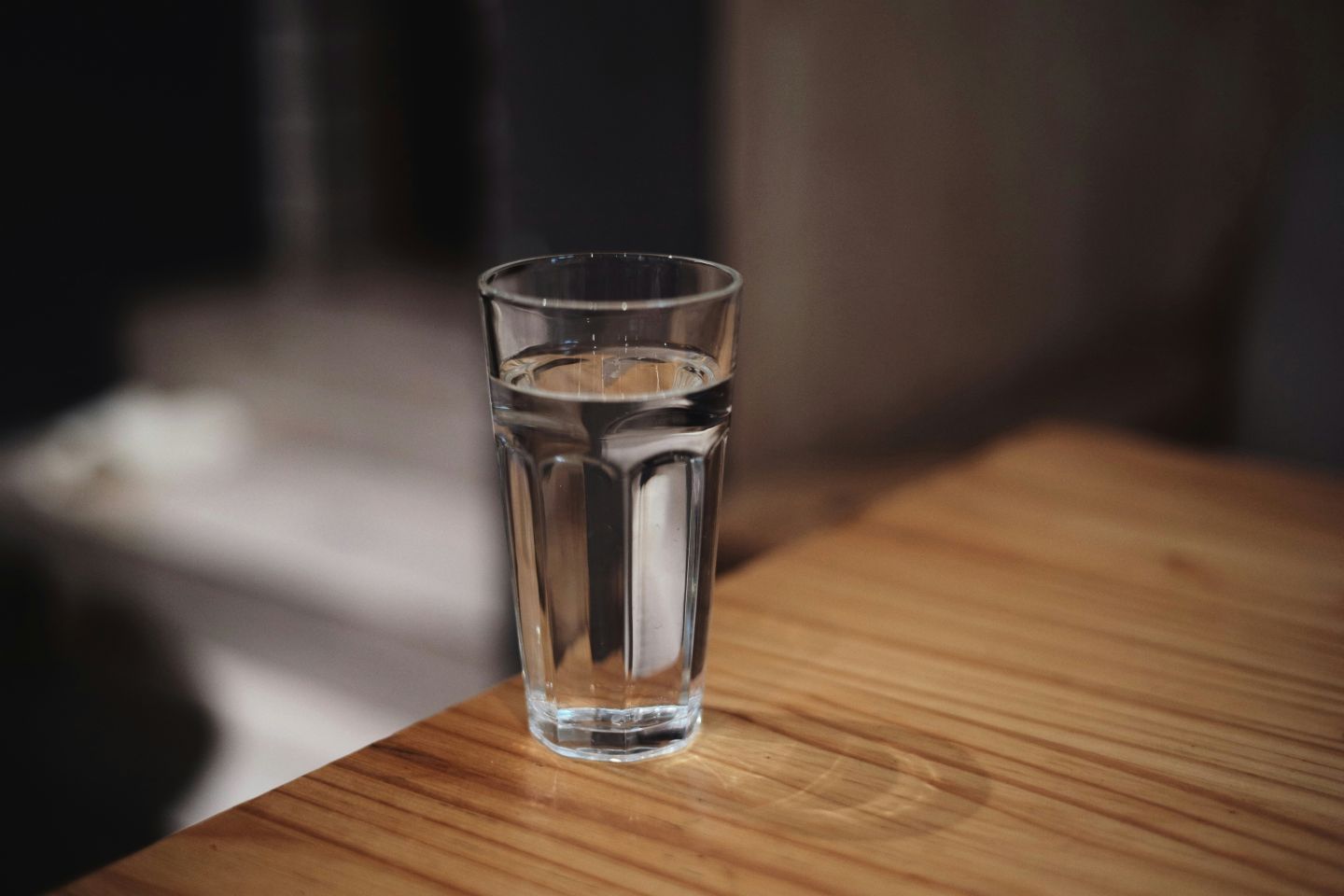Nutritional tips for experienced runners
19 February 2024Many have committed to long distance running and are getting ready for their yearly or first marathon. So let’s talk about the people who have opted to run the full marathon and half marathon this time.
Running lengths of 21 and 42 kilometers necessitate excellent physical and mental training. These distances should not be approached casually, and early preparation is crucial. Regular training, careful load and intensity selection, and proper daily diet are all vital. Olga Ļubina, Rimi’s healthy eating expert and certified nutrition specialist, has compiled valuable nutrition tips for experienced runners.
RUNNER'S DIET SHOULD BE RATIONAL AND BALANCED

Like any other individual, a runner needs to eat a sensible, well-balanced diet. A well-planned diet lowers the chance of illness and injury, keeps the runner’s body composition appropriate, and helps the runner perform better in races by rapidly replenishing energy during training.
I urge everyone who intends to run the Rimi Riga Marathon, especially those who want to run great distances, to see their family doctor and get regular checkups to make sure high-intensity loads are appropriate for their body!
One should take their nutrition plan into account while planning their exercise program. Getting enough energy in is the first thing to focus on. The runner’s basal metabolic rate must be assessed, and the daily calorie intake* needed must be determined. It is advised to evaluate body composition by figuring out the mass of muscle, fat, and basal metabolism in order to perform precise computations.
Daily required calorie count
Energy (kcal) = Basal Metabolic Rate (kcal) x PA coefficient*
Basal metabolic rate for men, kcal:
66.47 + (13.75 x body weight, kg) + (5 x height, cm) – (6.76 x age, years)
Basal metabolic rate for women, kcal:
655.1 + (9.56 x body weight, kg) + (1.85 x height, cm) – (4.68 x age, years)
Physical Activity coefficient*
* Jobs where you stand, move around (like doing chores or shopping), or sit but also engage in physical activity during free time almost every day (1.8 PA coefficient)
* Desk jobs with some movement and moderate physical activity in free time (1.6 PA coefficient)
* Desk jobs with little movement and low physical activity in free time (1.4 PA coefficient)
CARBS - THE MAIN COMPONENT OF A RUNNER'S MEAL

One should consider the types of nutrients to consume and in what amounts, while keeping in mind the daily calorie consumption. Runners, for instance, should routinely top off their carbohydrate stores. The body starts using the glycogen stored in the muscles if the exercise lasts longer than 40–60 minutes because the liver’s reserves of glycogen have already been exhausted.
The length and level of workout intensity determine how many grams of carbs a day are required. It is need to take 6–10 grams of carbs per kilogram of body weight each day if the training lasts one to three hours. Therefore, 520 grams of carbs should be consumed daily on average by a 65-kg person.
Approximate carbohydrate content in 100 grams of the product:
- Sugar – 100 grams
- Rice – 80 grams
- Raisins – 79 grams
- Pasta – 75 grams
- Buckwheat – 69 grams
- White bread – 55 grams
- Rye bread – 55 grams
- Oats – 54 grams
- Bananas – 22 grams
For example, by eating 200 grams of boiled pasta without additives, you will consume 150 grams of carbohydrates, eating three slices of white bread – 66 grams, a handful of raisins – 40 grams, one banana – 27 grams, 1 glass of juice – 25 grams.
It is also important to remember that it is not only about consuming the necessary amount of carbohydrates quantitatively but also considering the quality of the products. It is advisable to choose products with a higher concentration of vitamins and minerals, as the demand for these substances in the body increases during intense exercise.
RUNNER'S DIET MUST ALSO INCLUDE PROTEIN AND FAT-CONTAINING PRODUCTS

Protein is the next vital nutrient. The primary component of the body, which under conditions of great physical stress needs to be taken at a rate of around 1.4 grams per kilogram of body weight each day. About 90 grams of protein should be consumed by a 65-kg person. One chicken breast, for instance, provides 60 grams of protein; one box of low-fat cottage cheese (180 grams) provides 32 grams; half a pack of premade turkey peas provides 8 grams; and half a pack (75 grams) of tofu provides 10 grams of protein.
Fats are among the most crucial elements that should be a part of everyone’s diet, but especially of an athlete’s meal plan. Fats are involved in the metabolism of energy and facilitate the absorption of fat-soluble vitamins. Additionally, fats provide the body with mechanical protection. The body’s fat reserves are also depleted by athletes who engage in long, hard loads. Furthermore, many deliberately restrict fat intake in order to manage their weight. According to international rules, the amount of fat that is consumed should not exceed 20% of total energy (generic recommendations for a healthy diet suggest consuming fats at a rate of 30-35% of total energy).
Water consumption is a critical

Running enthusiasts need to pay close attention to their body’s hydration levels and fluid intake during periods of high intensity training. Each athlete’s specific requirements for fluid intake are customized, accounting for factors such as fluid loss during training, load length, intensity, kidney function, body weight, and, of course, outside temperature.
Urine color is a good indicator of dehydration. The body is well-hydrated if the urine is light yellow and nearly transparent; the more dehydrated the body, the darker the urine color. If the urine has an apple juice-like tint, the body is dehydrated. When training, a baseline hydration regimen should consist of 400–800 ml per hour. Following training, it is important to assess how much fluid was lost during the load and to replace it with 1.5 times as much as was lost. Weighing oneself before and after the load will help determine fluid loss.




